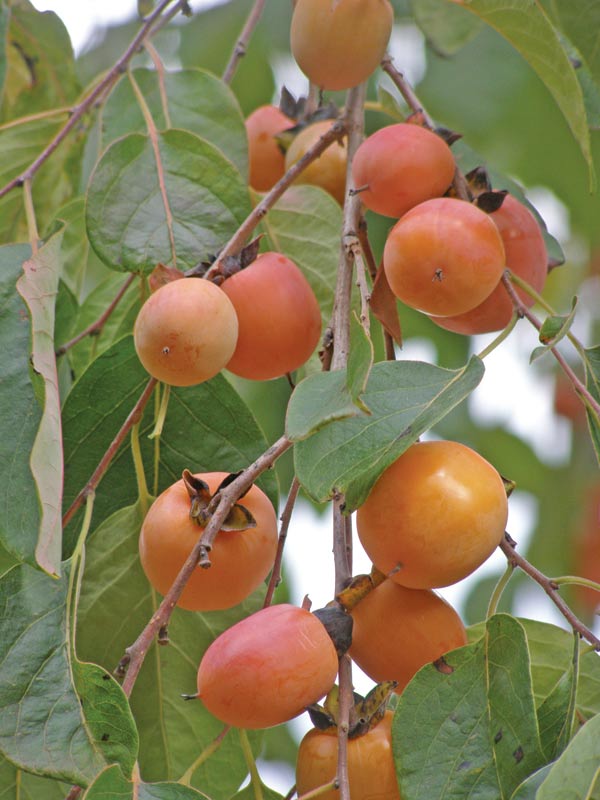Soldier's Delight
04/02/09
Back to Field-Trips
1. Fagaceae > Quercus stellata (Post Oak)\

2. Asteraceae > Gnaphalium sp. (Cudweed, or Rabbit Tobacco)

3. Fagaceae > Quercus laevis (Turkey Oak)

4. Fagaceae > Quercus marilandica (Blackjack Oak)

5. Poaceae > Schizachyrium scoparium (Little Bluestem)
LATIN TIME: 'scoparium' means someone who sweeps or a broom. So that will make us confuse it with big bluestem or broomsedge, so I shouldn't have written this, eh?


6. Ebenaceae > Diospyros virginiana (American Persimmon)


Fagaceae: Quercus stellata
Post Oak

Asteraceae: Gnaphalium
Fagaceae, Quercus laevis
Turkey Oak
Simonds Nursery
04/02/09
Back to Field-Trips
1. Berberidaceae > Nandina domestica (Heavenly Bamboo)

2. Rosaceae > Prunus okame (Okame Cherry)

3. Berberidaceae > Mahonia aquifolium (Oregon-grape)

4. Ericaceae > Pieris japonica (Japanese Andromeda)

5. Violaceae > Viola tricolor (Heartsease Pansies)

Note from Dr. McM: I was mistaken in my thinking that all commercially grown Viola was V. tricolor. That evidently is only for the small, 'Johnny Jump-Up' type of pansy, which oddly is also called 'Viola' in garden centers. The ubiquitous, big, fat pansies are evidently V. X wittrockiana, a hybrid of V. tricolor, and other Eurasian species.
6. Lamiales > Plantaginaceae > Antirrhinum sp. (Snapdragon)
A good site to distinguish different oaks:
http://www.state.sc.us/forest/tidlob.htm
Comments (0)
You don't have permission to comment on this page.